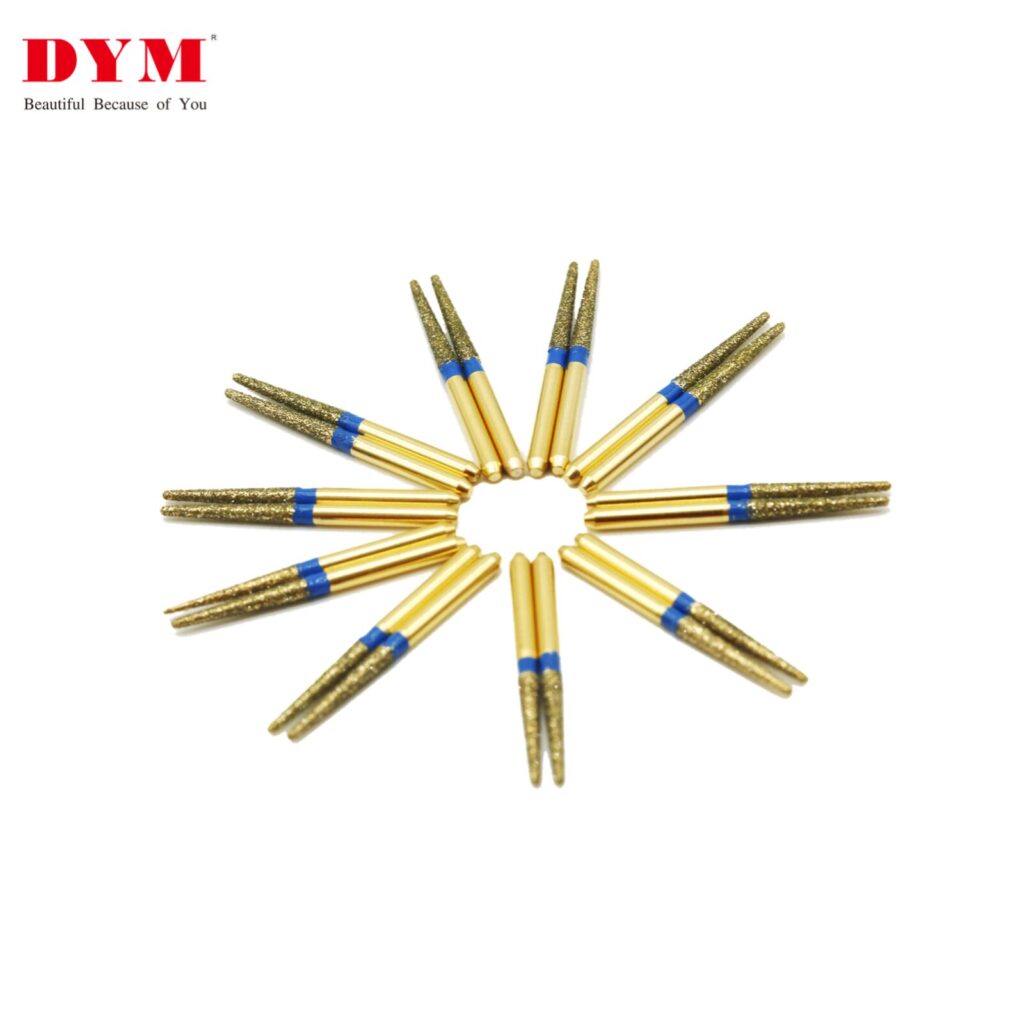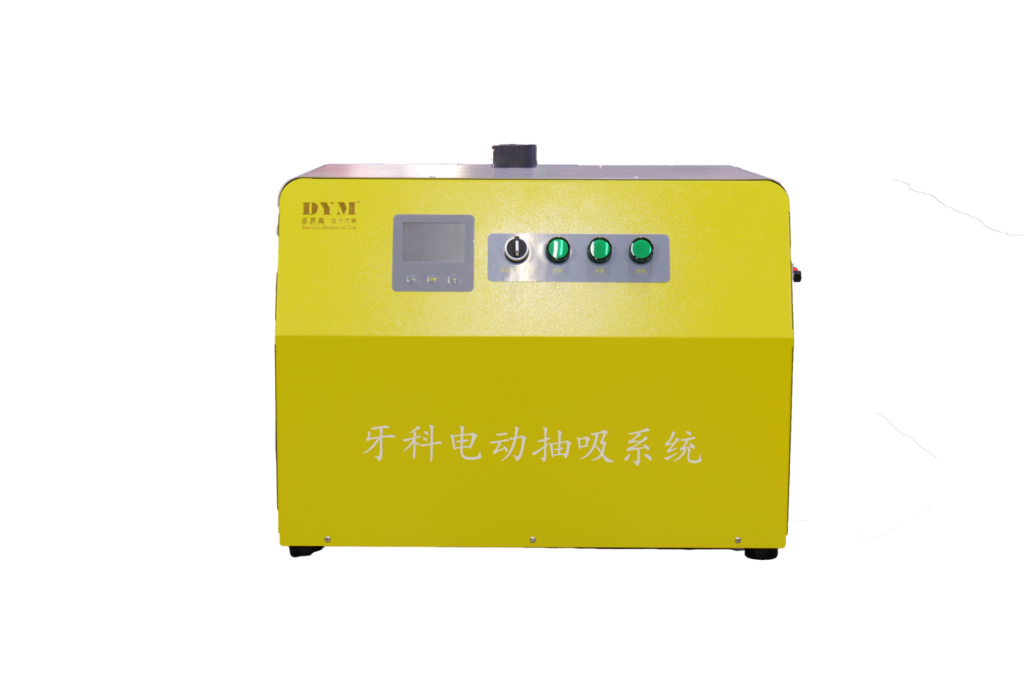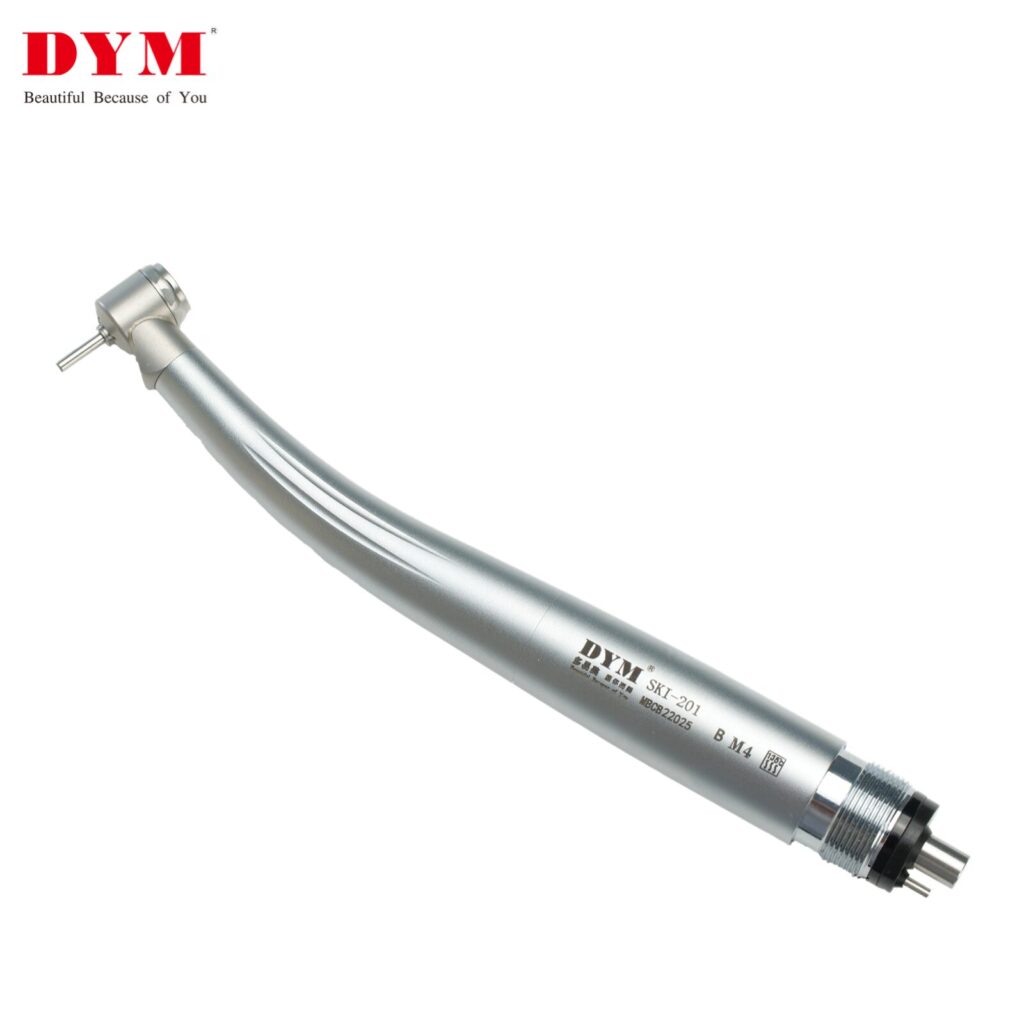Ask For A Quick Quote
We will contact you within 1 working day, please pay attention to the email with the suffix “@fsdym.com”.
We will contact you within 1 working day, please pay attention to the email with the suffix “@fsdym.com”.

1: North Korea’s population and eating habits
Population size: As of 2024, North Korea’s total population is about 25 million, with a younger age structure (0-14 years old accounts for about 30%), but the aging process is gradually emerging (the population over 65 years old accounts for about 8%). The capital Pyongyang concentrates about 13% of the country’s population (about 3.25 million), and medical resources in rural areas are extremely scarce, with only 1-2 dentists per 100,000 people. Dietary characteristics: The traditional diet is mainly based on rice, kimchi, soybean paste soup, beef and mutton, and high salt, high spicy, and high carbohydrate intake is common. For example, the average daily consumption of kimchi in North Korea is 300 grams per person, while the intake of vegetables and fruits is insufficient. This eating habit leads to a high rate of dental caries. The caries rate of deciduous teeth of Korean children is as high as 93.82%, and the prevalence of periodontal disease in adults exceeds 85%.

2. GDP and economic environment of North Korea
Economic scale: The total GDP in 2023 is about 30.7 billion US dollars, and the per capita GDP is only 1,100 US dollars. Economic growth mainly depends on agriculture (accounting for about 20% of GDP) and mining (accounting for 86.9% of exports). 80%-90% of medical equipment depends on imports, and high-end dental equipment (such as implant systems and digital scanners) is almost entirely dependent on China and South Korea.
Medical expenditure: The government-led free medical system covers the entire population, but the investment in primary medical resources is limited, and the per capita medical expenditure is less than US$50/year. The middle class’s demand for cosmetic dentistry (such as teeth whitening and invisible correction) has gradually emerged in cities such as Pyongyang, but the overall market size is small.
3: Distribution of dental clinics and medical resources in North Korea
Number of clinics: The number of dental clinics in the country has not been publicly counted, but public dental resources are highly concentrated in Pyongyang, and rural areas mainly rely on primary health centers (each health center is equipped with 1 dentist). There are about 20-30 professional dental clinics in the capital Pyongyang. Most private clinics are located in foreign-related areas (such as Pyongyang Friendship Hospital) to serve foreigners and the privileged class.
Innovation in medical model: The Ryugyong Dental Hospital and Qinggeertai District Children’s Clinic built with Chinese aid are equipped with ultrasonic teeth cleaning devices, digital X-ray machines and other equipment, and cover remote areas through mobile medical vehicles. The Dental Department of the Affiliated Hospital of the National University of Korea undertakes basic diagnosis and treatment and academic research tasks, but the penetration rate of digital diagnosis and treatment at the grassroots level is less than 10%.
Four: The number distribution of the largest dental hospitals and dental institutions in North Korea
Public benchmark: Ryugyong Dental Hospital is the largest dental hospital in North Korea. It is located in the Wenxiu District of Pyongyang City. It has more than 50 diagnosis and treatment chairs and an independent radiology department, and receives more than 50,000 patients annually. The hospital provides free services to ordinary people, equipped with real-time image transmission systems and 3D printing denture processing equipment, and its technical level is leading in North Korea. International cooperation projects: The “Unified Dental Center” established by the School of Dentistry of Seoul National University in South Korea plans to improve the level of dentistry in North Korea through technical assistance, including providing implant systems and invisible correction technology training, but the project progresses slowly due to the political environment.
V: Import and local manufacturing of dental equipment in North Korea

Import scale: North Korea’s annual import of dental equipment is about 15-20 million US dollars, 70% of which comes from China. From January to October 2024, China exported basic equipment such as dental mobile phones and X-ray machines to North Korea worth about 12 million US dollars, accounting for 80% of North Korea’s total imports.
Main imported equipment:
Dental mobile phones: basic treatment core equipment, accounting for 25% of imports, used for filling teeth and surgery, and the domestic substitution rate is less than 30%.
Digital scanner: used for invisible correction and implant design, Chinese-made equipment occupies 60% of the market share due to its cost-effectiveness.
Implant system: The demand for dental implants increased by 22% annually, and Korean and Chinese brands dominated the market. The import value in 2024 was about 5 million US dollars.
Progress in local manufacturing: North Korean companies such as the Pyongyang Medical Equipment Factory produce basic dental consumables (such as dental drills and forceps), but high-end equipment (such as laser therapy devices and implant navigation systems) still rely on imports. In 2024, the self-sufficiency rate of primary medical equipment will reach 60%, but the localization rate of digital equipment will be less than 20%.
VI: Prospects and trends in the development of North Korean dentistry
Growth momentum:
Policy support: The government promotes the “National Oral Health Plan”. In 2025, the budget for primary medical equipment procurement will increase by 23.4%, with the goal of covering 80% of the rural population. The Department of Stomatology of the Second Central Hospital assisted by China has introduced an AI-assisted diagnosis system with a diagnostic accuracy rate of 92%.
Technological innovation: 3D printing technology has been gradually applied in the fields of denture processing and implant guides. The AI imaging diagnosis system developed by Pyongyang Medical University and Chinese companies has entered the pilot stage. The sales of home care products (such as electric toothbrushes) increased by 30% year-on-year, but the penetration rate was less than 5%.
International cooperation: The “China-North Korea Friendship Oral Medical Center” jointly built by China and North Korea is planned to be completed in Pyongyang in 2025. It will introduce invisible correction, digital implant and other technologies, and is expected to serve more than 100,000 patients per year.
Market size: The compound growth rate of the dental equipment market is expected to reach 12.26% from 2025 to 2030, with the fastest growth in demand for dental implants and invisible correction. The market size is expected to exceed US$50 million in 2030. However, due to economic sanctions and technological blockades, the actual growth may be lower than expected.

Challenges and opportunities:
Uneven resources: The medical coverage rate in remote areas is low, which needs to be compensated by mobile medical vehicles and remote diagnosis and treatment. In 2024, the government plans to add 50 dental mobile medical vehicles to cover 200 rural villages (equivalent to townships).
Technical barriers: High-end equipment relies on imports, but local companies gradually break through through technical cooperation (such as cooperation with China’s Huawei on smart medical solutions). In 2024, the localization rate of domestic implants will be increased to 15%, and the goal is to reach 40% in 2030.
Active capital: International aid projects (such as the WHO Oral Health Fund) and investment from Chinese companies have become the main sources of funds. In 2024, the amount of aid received in the dental field will exceed 8 million US dollars, mainly for equipment procurement and talent training.
The North Korean dental market is in its infancy, with a large population base, consumption upgrades and technological innovation as the core driving forces. Despite the challenges of uneven resource distribution and technological dependence on imports, government policy support, international aid and digital transformation (such as 3D printing and AI applications) will drive the industry to continue to grow. In the next five years, dental implants, invisible orthodontics and home care will become the main growth points. It is expected that the market size in 2030 will double that in 2025, becoming a potential participant in the East Asian dental industry chain. However, the political environment and economic sanctions are still key factors restricting the development of the industry, and attention should be paid to the progress of Sino-North Korean cooperation projects and changes in international policies.
A high-quality LED light curing machine that can help North Korean people fill their teeth is born
1. Accurate light control, efficient repair, durable, and small difference competition.
2. Intelligent light control, comfortable and accurate, tooth filling
3. High-definition LED digital screen display: real-time display of light intensity, intelligent adjustment of light intensity, low-temperature non-sensory tooth filling, avoid overheating stimulation of traditional light curing, and improve patient comfort.
4.professional/mode:/super/stronglight/standard/pulse/progressive/inspection/orthodontic/comfort mode to meet the clinical needs of different oral fillings.
5. Large-size light guide rod, 30% improvement in repair efficiency
10mm wide-range light guide rod (mainstream on the market is only 8mm), covering a larger repair area, reducing repeated irradiation, and shortening operation time.
6. Optional orthodontic special light guide rod: high-concentration penetration technology to ensure the firmness of bracket bonding, the first choice of orthodontists!
7. Ultra-long battery life, the light intensity does not decrease even when the battery is low.
8. The strong light mode can be used 800-1000 times on a single charge (calculated at 5s/time), saying goodbye to frequent charging, and there is no interruption during the peak period of outpatient clinics.
9. Low-power intelligent voltage stabilization technology: Even if the power is low, the light intensity remains stable to ensure zero difference in curing effect.
10. Sturdy and durable, high-end dental filling equipment with both appearance and strength
Aviation-grade aluminum alloy shell: anti-fall and wear-resistant, suitable for high-frequency use scenarios.
4 fashionable color schemes (brilliant gold/violet/sapphire blue/mountain gray) enhance the style of clinic equipment and help upgrade the brand image.
12. Differentiated competition in market channels to break through market involution
13. DYM’s low-temperature LED light curing machine’s one-city-one-agent sales policy guarantees the exclusive rights and interests of regional partners, avoids price wars, and locks in long-term profits.
14. Exclusively for chain & public channels: customized for the mid-to-high-end market, providing rechargeable/built-in dual versions of dental filling machines to meet the needs of different institutions.
15. DYM’s low-temperature LED light curing machine provides a 2-year warranty for the entire machine (excluding the light guide rod), reducing long-term use costs and worry-free after-sales.
DYM has 18 years of experience in manufacturing LED light curing machines, so you can use them with confidence.